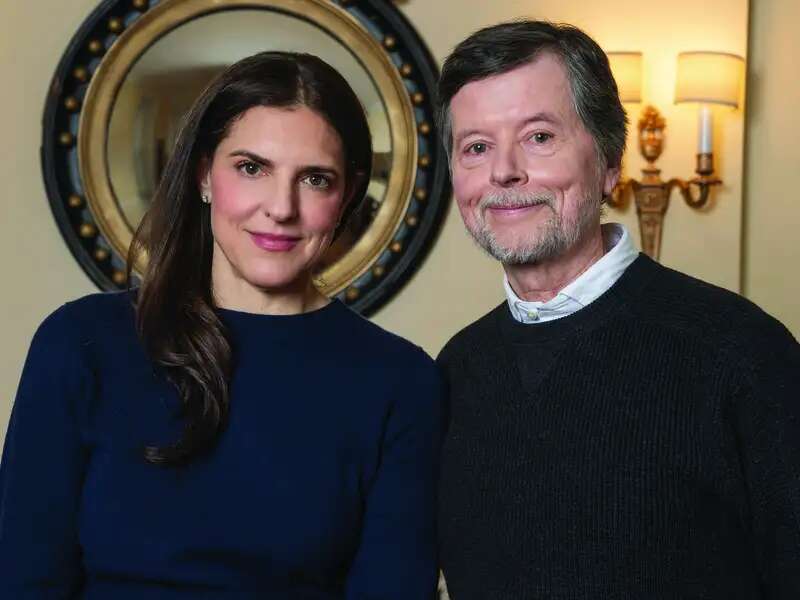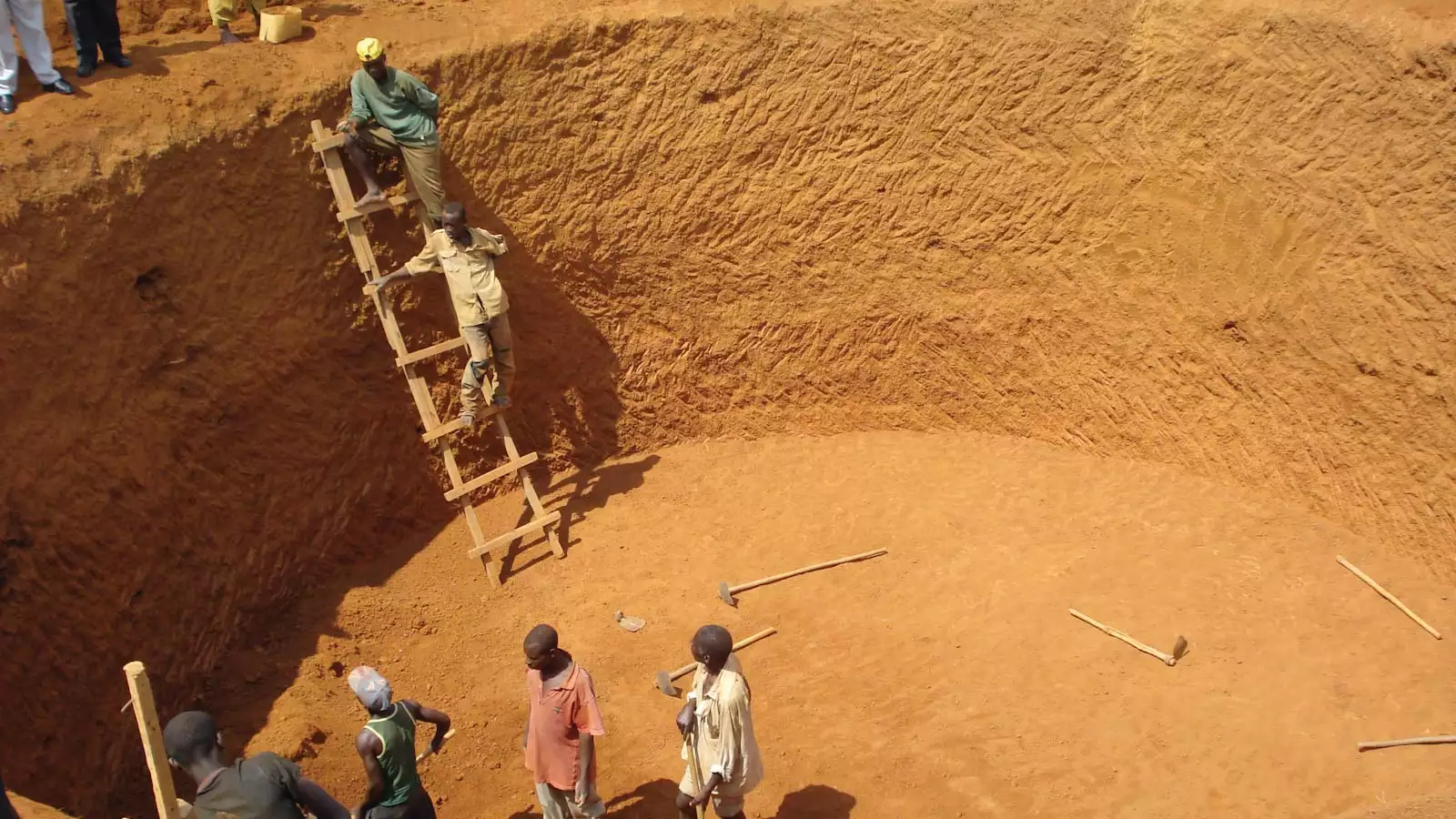
Ahead of Ken Burns’s Latest Docuseries, Co-Director Sarah Botstein '94 Shares her Path, Process.

When architect Miriam Tuchman ’88 was called on to write an article about the late, great urbanist Jane Jacobs, she thought nothing of making a cold call to request an interview. To her surprise, Jacobs took the call. Where others might have relied on published works, Tuchman went straight to the source. That has remained a hallmark for much of her career, particularly when she works with underserved communities around the globe.
Like Jacobs, Tuchman is interested in getting on-the-ground knowledge of a community. When beginning a project — whether in Cambodia, Haiti, or Rwanda — Tuchman goes on site to observe a community’s existing assets before delving into the work. Once started, she invariably homes in on the infrastructure over, say, a particular edifice.
Though Tuchman majored in urban studies at Barnard and got her master’s in architecture from Harvard’s Graduate School of Design, she operates more as a project manager than as an architect, explaining that she has always been more interested in “projects that bring about new technologies or systemic change to communities.”
Whether working to set up a community garden program in New York City or evaluating housing construction in Mexico City after an earthquake, Tuchman prefers focusing on the nuts and bolts of the trade over connecting with boldfaced names and taking on high-profile projects. “The traditional version of architecture is not for me. I have to have a bigger picture,” she says.
The places she’s worked have been as far flung and diverse as her interests and concerns. She says that her husband, Steven Hatch, M.D., an infectious disease specialist, has also traveled long distances in the service of others. He worked in Colombia, Venezuela, and — during the 2015 Ebola outbreak — in Liberia, before accepting a position this past November in Vietnam, where the couple now lives.
After their children went off to college, they decided to follow the work internationally. She observes that over the years, a synergy has grown between their passions. “Through him I learned the language of healthcare, so I have largely worked in healthcare construction, managed hospital construction, or any project with infectious disease or infection control components,” she says.
In 2009, Tuchman founded Sustainable Healthcare for Haiti with the late architect Sho-Ping Chin. A children’s clinic named for Chin anchors the project. But the clinic does far more than provide healthcare. It also provides up-to-date health education to encourage young people to take ownership of their well-being. “The project’s mission is to teach children that they have a right to healthcare, to give them access to healthcare but also to provide them with a place of comfort,” she says.
The children learn to care for themselves and, by extension, their community. The clinic holds two clean-water systems that use reverse osmosis to sanitize the water, and the children are taught how to operate and maintain the system. After a series of hurricanes and the 2010 earthquake spurred instability throughout Haiti, Tuchman says, the water system has provided post-disaster stability for the community.
When the couple moved to Cambodia, Tuchman reached out to several NGOs she knew and found one that made clean water a priority. “There are certain things that are public health and healthcare we don’t always think about as healthcare — and water is one of them,” she says.
In Cambodia, she worked with an NGO developing nature-based solutions for water to be used for sanitation, hygiene, and to irrigate gardens. She noted that Cambodia has many low-lying villages where people live in stilt houses atop the ebb and flow of rivers. As global warming makes rainy seasons less predictable than in years past, finding sustainable solutions has become all the more important.
“As you can imagine, seawater, agriculture, and sanitation are very challenging when the water levels are constantly changing,” she says, adding that most people’s gardens, like their houses, are elevated well above the river level.
Using a system designed by water conservationist Taber Hand known as “the HandyPod,” Tuchman managed the conversion of entire villages to a nature-based wastewater treatment process that generated enough clean water for gardens, bathing, and cleaning year-round, while also not adversely impacting lakes and rivers with contaminated water.
“This was the perfect world for me because I suddenly got to really work on urban planning for entire communities,” she says. “It completely changed their ability to access clean water, water their vegetables, and handle their sewage.”
Given her experience, she seamlessly draws insightful connections between the places she’s lived and worked. In particular, she notes the collective trauma sustained by so many of the people she’s come to know and care about.
“Cambodia reminds me of Rwanda. It’s a country without grandparents, because the grandparents were all killed by the genocide. And so their young community wants to reinvent themselves,” she says.
She speaks of young people glued to their laptops in cafes, striving to make use of technology to connect with the rest of the world. “They want to leave the past behind. That’s why I love Cambodia — and Vietnam and Rwanda,” she says.
Tuchman says that in her travels she has met scores of people like herself, focusing on small projects that may seem an inconsequential effort to some. But that’s not the point.
“It’s hard for an individual to have a large impact, but we have to put a drop in the bucket,” she says. “If you put a drop in the bucket, and everybody puts a drop in the bucket, the bucket’s full.”